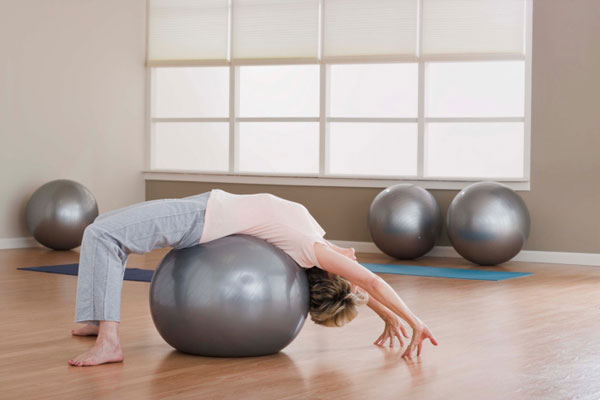Are Your Health Goals Slipping Between the Cracks?
Reviewed by Johanna Burani

Many Americans make health goals based on the public health messages they hear or read in the news. Maybe you also set health goals, especially around the start of the New Year. Two popular goals are to move more and cook more healthy meals at home. A recent Ohio State University study found that when American adults try to meet these two health goals on the same day, one of them sometimes ends up slipping through the cracks.
How? Researchers found that adults who spend ten extra minutes preparing a meal at home aren’t likely to also spend spend ten extra minutes exercising. In other words, one goal pushes the other aside.
Are 24 hours just not enough?
Interestingly, this “health goal substitution” exists for men and women that are both married and unmarried, with or without children. So what can you do to make sure you do not trade one health goal for another?
The good news is that many health goals need not take too much of your time. It is easy to eat more fruits and vegetables. Avoiding smoking and alcohol abuse are also timesaving health goals. Read on for other suggestions.
Health Goals 101
Remember that a realistic health goal should be personal. Your neighbor’s or sister’s or friend’s exercise routine and meal plan may not work well for you. Search for time blocks in your day, week, or month that allow for these healthy activities.
Next, put your specific health goals in writing. Write them down in a daily, weekly, or monthly schedule. Try using the wall calendar in your kitchen or office. If your health activity is written down, there is more chance you will not forget what you planned for the day.
Roadblocks to health goals: Prepare meals at home

Preparing meals at home is a great health goal to make. A lot of studies show that food made outside the home is linked to weight gain and obesity (an unhealthy level of body fat). In fact, a study published in The Lancet in 2005 found that most fast food meals are linked to insulin resistance.
Why aren’t most of these meals healthy? They are high in trans fat, sodium, added sugars, and calories. They usually do not feature enough fresh fruits, vegetables, and other nutritious foods.
To make sure you don’t resort to eating fast food when you’re busy, it helps to think of the next few days instead of just one day:
- Prepare meals for a few days at a time.
- Prepare meals in big batches.
- Freeze extras to eat later.
This can help you “buy” some time for exercise later in the day week.
Roadblocks to health goals: Move more
Increasing the amount of time you spend exercising is also a great goal. The Centers for Disease Control and Prevention (CDC) found that more than half of Americans do not get the amount of physical activity they need.
Exercise has many benefits for people with diabetes. It helps make your cells more sensitive to insulin. Exercise makes it easier for cells to take glucose out of the blood and into the cells. Unfortunately, many things seem to get in the way of exercise time.
Take a moment to think about all the things you do in a day. Are there some opportunities to multi-task, or do two things at once? For example, can you use your dog walking time to sneak in some extra exercise? Can you walk while talking on the phone?
 If your goal is to boost your exercise from 30 to 40 minutes each day, this does not mean you have to do all 40 minutes at one time. You can break it up into two 20-minute sessions, for example. Or, just three 15-minute sessions add up to 45 minutes of exercise. If you cannot find that extra 15 minute block of time, can you wake up 15 minutes earlier?
If your goal is to boost your exercise from 30 to 40 minutes each day, this does not mean you have to do all 40 minutes at one time. You can break it up into two 20-minute sessions, for example. Or, just three 15-minute sessions add up to 45 minutes of exercise. If you cannot find that extra 15 minute block of time, can you wake up 15 minutes earlier?
Remember, every minute and every step counts towards meeting your goals for more exercise. Wearing a step counter (pedometer) or fitness tracker like a Fitbit is a great way to see how active you are throughout the day.
Although you cannot buy more hours to squeeze into a day, you can use the time you already have to turn a goal into a good, organized plan. A good plan will set you up for success. There may be a few bumps in the road. Giving up won’t help you; try to use those difficult times to learn what changes you can make in your schedule to allow you to meet your goals!

